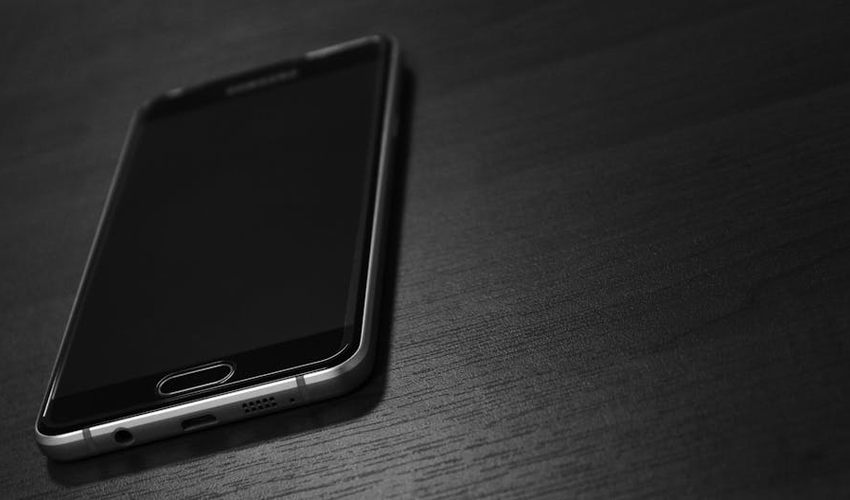Samsung's Next-Gen Foldables: Charging Ahead or Falling Behind?
2025-01-13

In the ever-evolving world of technology, Samsung has always been at the forefront, especially with its pioneering efforts in the foldable smartphone market. However, despite their innovative designs and user-friendly features, there seems to be a recurring hiccup that could mar the experience for users eagerly awaiting the next generation of foldable devices. The charging speeds of Samsung's foldable lineup, including the highly anticipated Galaxy Z Fold 6 and Flip 6, seem to be stuck in the past, trailing behind the more rapid advancements seen in other high-end smartphones.
Recently, the upcoming foldables were spotted receiving the necessary certifications, revealing that they will continue to support the same 25W wired charging speed that has been standard in Samsung's foldable devices for years. This revelation has left many tech enthusiasts scratching their heads, wondering why Samsung would not seize the opportunity to enhance the charging capabilities of its flagship foldables. The tech giant has already increased the charging speed of its non-foldable premium models to 45W, which significantly reduces charging time and improves the overall user experience.
The implications of sticking with a 25W charging speed are more significant than they might appear at first glance. For one, the battery sizes in these foldable phones are not getting any smaller, with expectations for the Z Fold 6 to maintain a 4,400mAh battery, similar to its predecessor. This means users could be looking at charging times upwards of 80 minutes for a full top-up—a stark contrast to competitors that can charge significantly faster. This discrepancy could become a thorn in the side of Samsung, especially as the market for foldable smartphones becomes increasingly competitive.
Moreover, the decision to not upgrade the charging speed could reflect poorly on Samsung's commitment to evolving its technology in line with user expectations and market trends. With competitors not just catching up but potentially overtaking Samsung in terms of charging technology, the Korean tech giant might find itself at a disadvantage. The slower charging speeds of the Galaxy Z Fold and Flip series might not be a deal-breaker for all users, but they certainly don't add to the allure of these otherwise cutting-edge devices.
In conclusion, while Samsung's foldable smartphones continue to impress with their innovative designs and user-centric features, the persistent slow charging speeds pose a significant concern. As the tech world moves forward, charging speed has become a crucial factor for many users when choosing a new smartphone. Samsung must address this gap in its otherwise stellar lineup of foldable phones. Otherwise, it risks being left behind in a race it helped to start.









